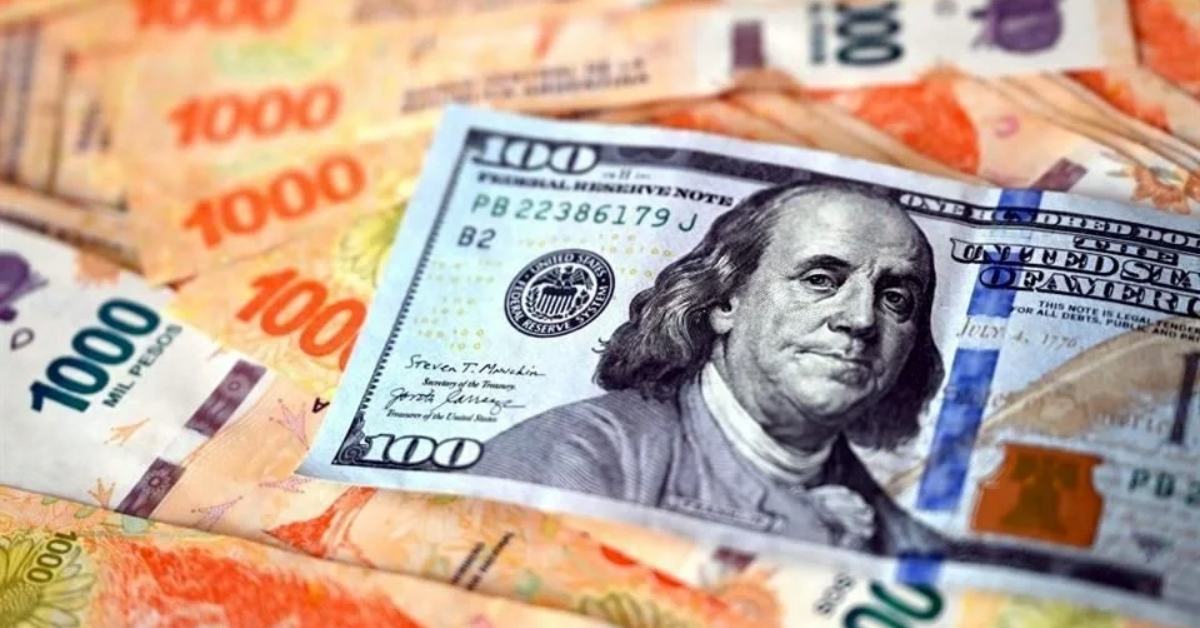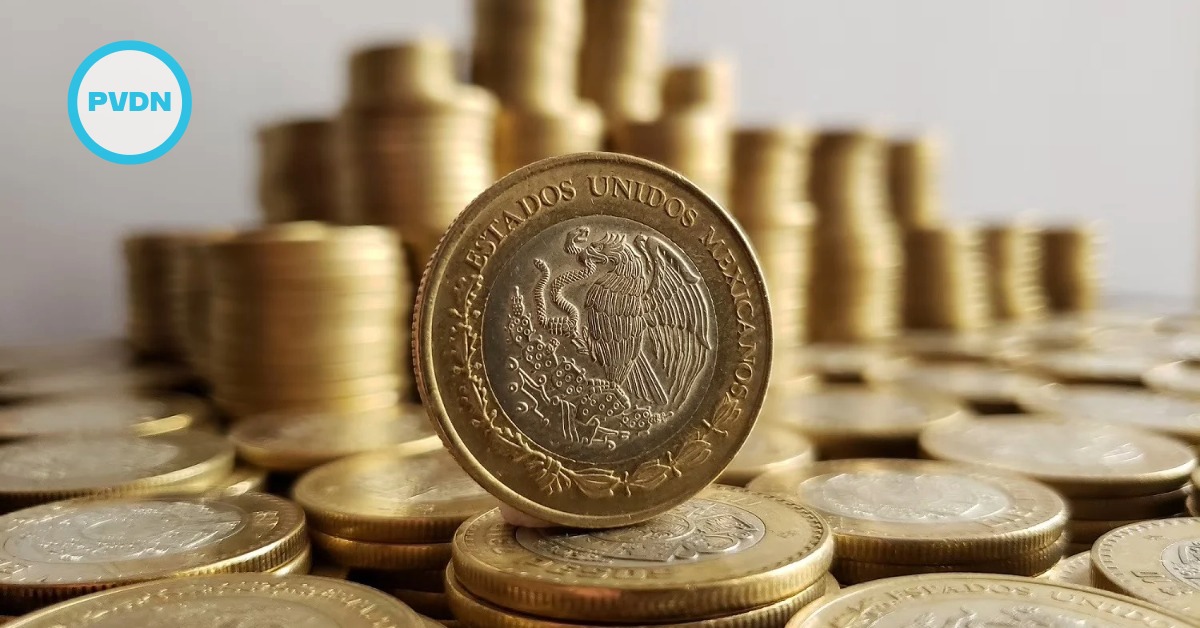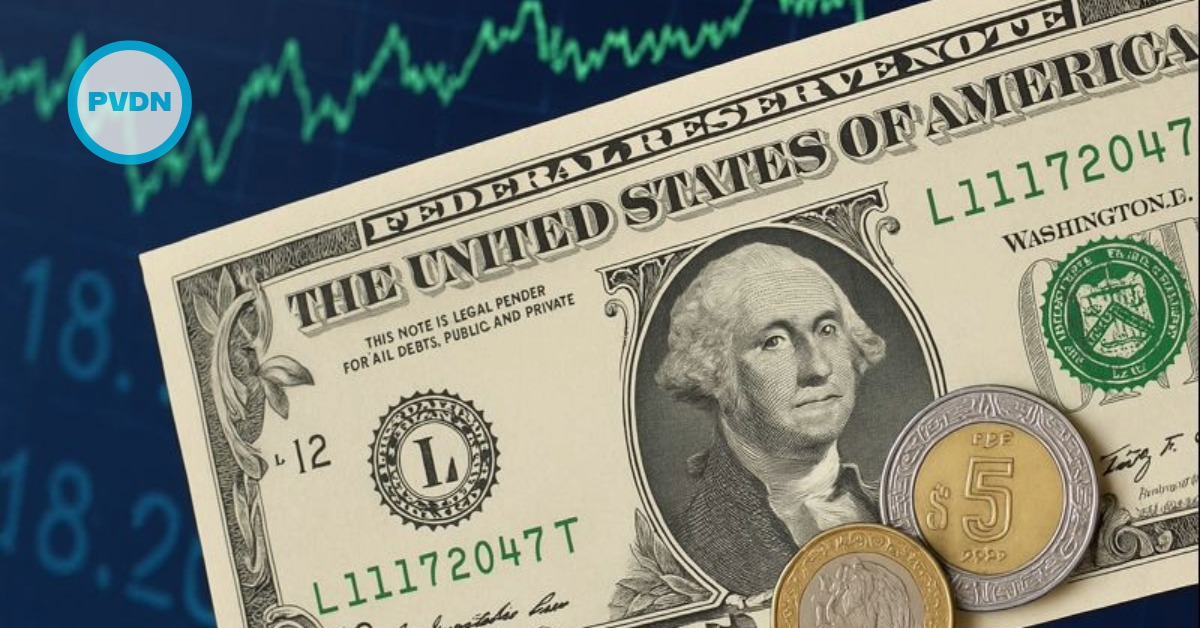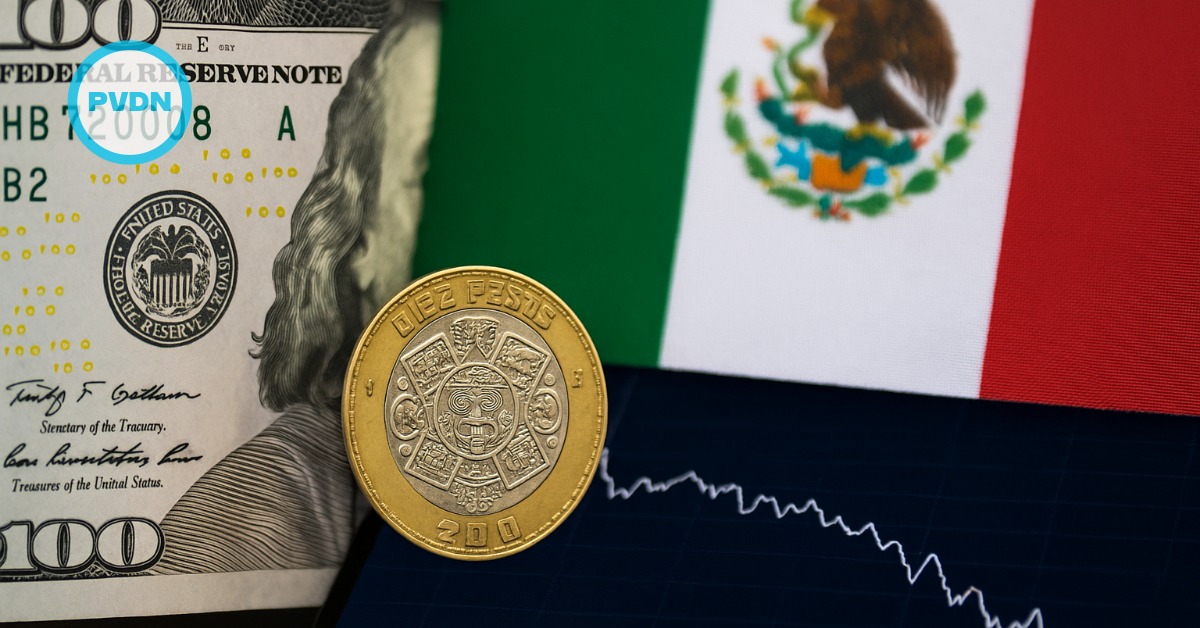Puerto Vallarta, Mexico - The Mexican peso weakened on Thursday, reversing early gains, after U.S. President Donald Trump reiterated that proposed tariffs against Mexico and Canada would go into effect on March 4, despite his own momentary confusion about the date.
The peso opened the day at around 20.39 pesos per U.S. dollar in international markets—a slight appreciation of 0.12% (or 2 cents) from Wednesday’s close, according to Bloomberg data. However, the currency began to slide soon after Trump’s latest announcement confirmed that March 4 remains the date to watch, around . . .







